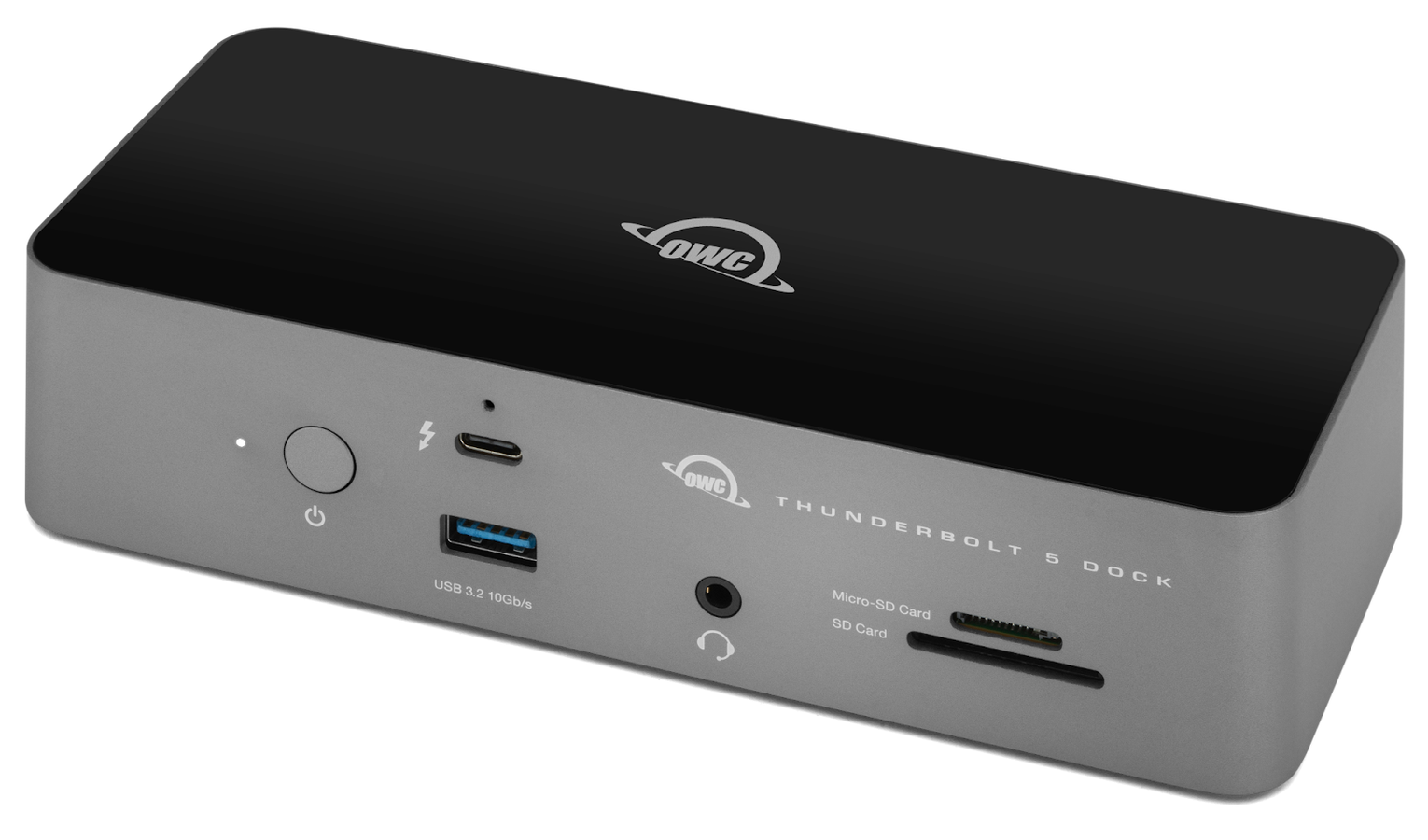Agentic AI is redefining the SOC by shifting machines from rule-bound automation to reasoning teammates, promising to ease analyst burnout, cut costs, and deliver faster, more scalable security operations.
getty
Security operations centers have become the nerve center of enterprise defense—but also its biggest bottleneck. Analysts are drowning in alerts. Costs keep rising. The talent pipeline isn’t keeping pace. And as threats multiply, many organizations are asking whether today’s SOC model can scale at all.
One emerging answer is agentic AI. Unlike basic automation that follows pre-set rules, agentic AI is designed to act more like a digital teammate—capable of reasoning, prioritizing and executing tasks with some degree of autonomy. The goal isn’t to replace human judgment but to shift the balance: let machines handle the repetitive noise so people can focus on the problems that actually require human insight.
Instead of relying on incremental automation, some companies are beginning to introduce agentic SOC platforms aimed at bringing AI into more stages of security operations. One recent example is Exaforce, which emerged from stealth after nearly two years of development and paired its platform with a managed detection and response (MDR) service. The company says its approach is designed to extend AI support across the SOC lifecycle—from threat detection and triage to investigation, hunting and response.
The SOC bottleneck
For years, companies have layered on tools to improve detection and response. But more data feeds often mean more alerts—and more pressure on human analysts. Burnout is now a top concern across the industry. Industry surveys consistently find that SOC teams are stretched thin.
Automation has helped, but it’s typically narrow in scope. Playbooks can speed up common tasks, but they don’t adapt well to new threats or gray areas. The gap between what machines can do and what humans must still shoulder remains wide.
What sets agentic AI apart
Agentic AI aims to close that gap. Instead of following fixed scripts, these systems use reasoning to determine which alerts matter most, what steps to take and when to escalate to a human. Think of them less as tools and more as junior analysts—capable of triaging alerts, gathering context and even initiating remediation when authorized.
Ariful Huq, head of product at Exaforce, explained that the shift is partly about moving beyond traditional anomaly detection. “Statistical approaches can be very noisy,” he said. “What’s new with generative AI is the ability to stitch signals together and comprehend them almost like a human being.” That ability to layer reasoning on top of raw detection helps filter noise and deliver more actionable insights.
Humans and AI: division of labor
The promise lies in division of labor. AI is well suited for pattern recognition, repeatable tasks and processing at scale. Humans remain essential for interpreting intent, weighing business impact and making judgment calls on novel or ambiguous threats.
Ankur Singla, CEO of Exaforce, noted that many SOC solutions remain focused on basic triage. “Our goal has been to build task-specific AI agents that are trained to do complex tasks with human-grade reasoning,” he said. Whether Exaforce achieves that or not, the broader industry push is clear: organizations want AI that can handle more than just the first level of alert review.
Case in point: Exaforce’s funding and vision
This momentum is attracting significant investment. Exaforce announced $75 million in Series A funding to accelerate its platform of “Exabots,” designed to augment SOC teams by performing triage, investigation and other day-to-day tasks. The company positions its model as a way to democratize advanced SOC capabilities—making them accessible even to smaller firms that lack enterprise-scale resources.
But the significance isn’t just one company’s fundraising milestone. It signals growing confidence that agentic AI can play a deeper role in security operations than previous automation efforts.
Opportunities and risks
The opportunities are significant. With AI taking on triage and routine investigation, human analysts could spend more time on strategy and high-value work. That could ease burnout, reduce costs and accelerate response times in environments where minutes matter.
Independent research suggests the need for change is urgent. “IDC research shows that about two-thirds of organizations with over 500 employees experience cyber attacks that block access to systems or data each year while staffing and the lack of automation across the detection and response workflow are the greatest challenges in the SOC,” said Michelle Abraham, research director of security and trust at IDC. “Security teams continue to look for solutions that provide better outcomes against cyber threats and at the same time answer their greatest pain points. It remains to be seen if agentic AI is the answer.”
Yet challenges remain. Transparency and accountability are critical, especially as AI moves into tasks traditionally handled by Tier-2 and Tier-3 analysts. Huq acknowledged this balance: “You can’t just rely on large language models alone. You need a foundation of high-fidelity data and context. That’s what allows agents to reason more like a human analyst.”
Handing autonomy to machines also raises governance concerns. If an AI isolates a system or blocks traffic incorrectly, who is responsible? Over-reliance on opaque systems could introduce new risks. Industry frameworks like the Open Cybersecurity Schema Framework, along with careful oversight, will be essential to ensure interoperability and transparency.
The road ahead
It’s still early. Most organizations are experimenting with pilot programs rather than overhauling their SOCs. But the trajectory is clear. As Singla put it, “Agentic AI will eventually become pervasive in the SOC, starting with Tier-1 to Tier-3 analysts and expanding to more advanced tasks like threat hunting”.
Looking ahead, the SOC of the next five years may not be a room full of people staring at dashboards. It could be a hybrid workforce: a leaner team of human experts supported by fleets of intelligent digital teammates that do the heavy lifting.
The lesson from the Exaforce funding—and from the growing number of companies exploring AI SOC offerings—is that security operations are being reimagined, not just incrementally improved. The overworked SOC may finally have a path to relief, but only if organizations strike the right balance between autonomy and oversight.









